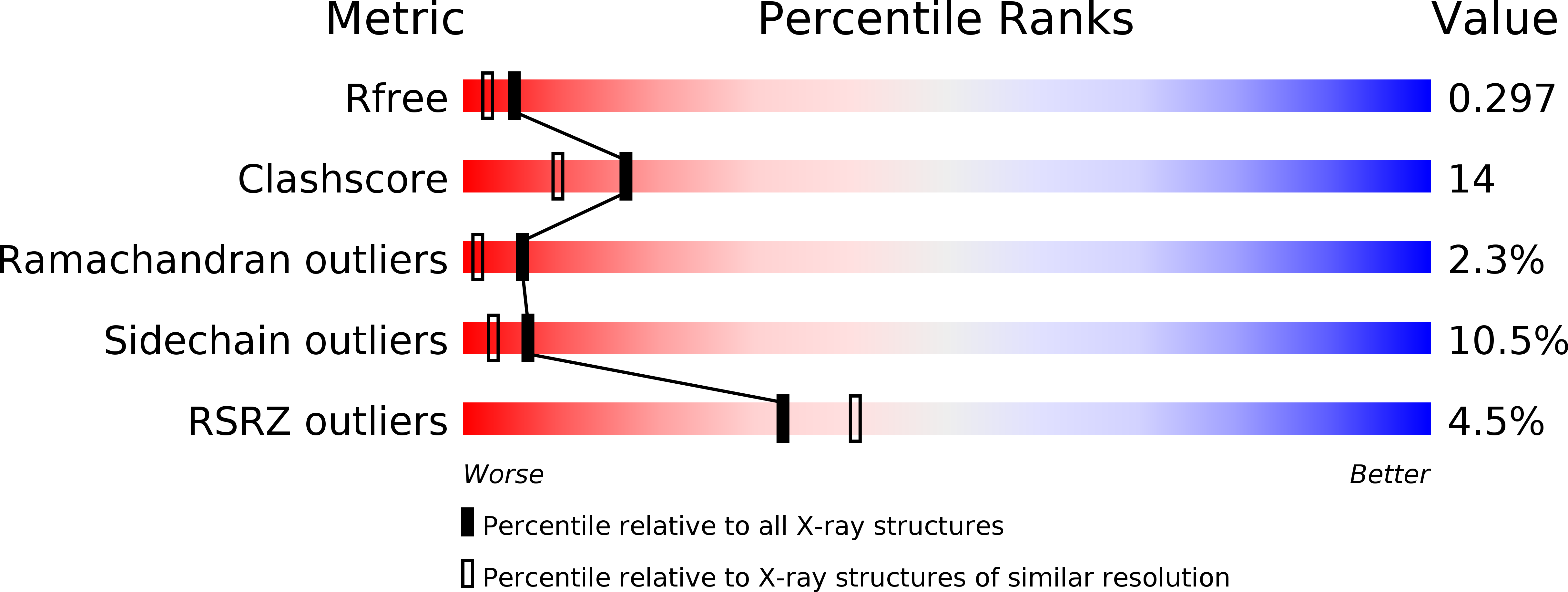
Deposition Date
2010-04-22
Release Date
2010-05-05
Last Version Date
2023-12-20
Entry Detail
Biological Source:
Source Organism:
PSEUDOMONAS AERUGINOSA (Taxon ID: 287)
Host Organism:
Method Details:
Experimental Method:
Resolution:
2.13 Å
R-Value Free:
0.29
R-Value Work:
0.25
R-Value Observed:
0.26
Space Group:
P 1 21 1


